In the UK, funerals tend to be rather traditional for most people, allowing family members, close friends, and loved ones to pay their respects and say one last goodbye. But in other countries around the world, funeral rituals can be very different indeed, as the following 10 examples prove.
1. Philippines
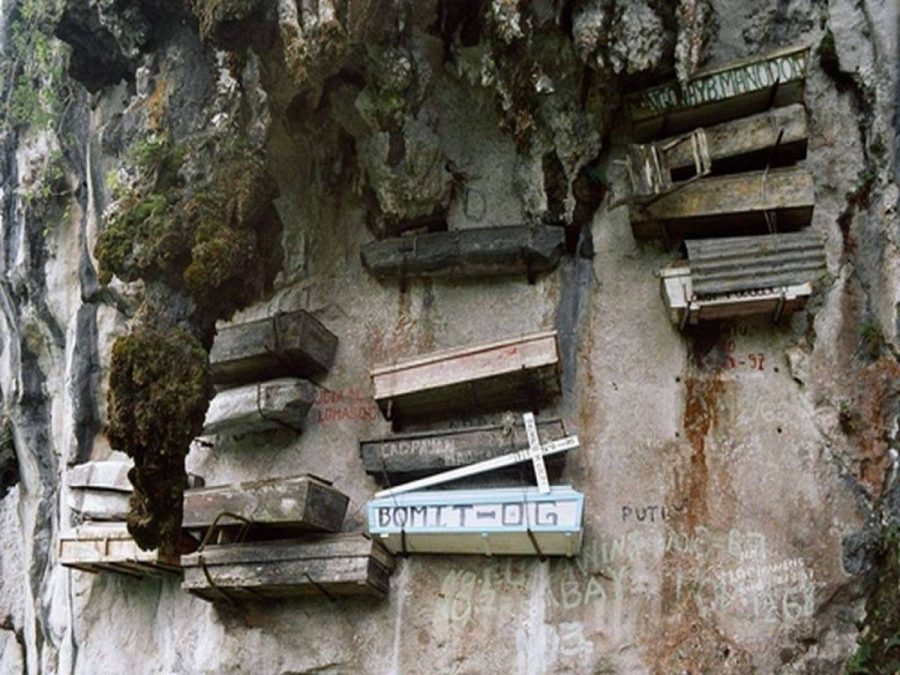
Image credit: Kok Leng, Maurice Yeo from Singapore, Singapore – Hanging Coffins, Sagada, Cordilleras, Philippines, CC BY 2.0, via Wikimedia Commons.
With 86 per cent of the Philippines identifying as Roman Catholics, most funerals are quite traditional. However, others involve cultural superstitions that are specific to the various regions of the country.
For example, the Apayaos of the Cordillera Administrative Region bury family members under the kitchen in their home. In the Benguet region, the deceased is blindfolded and left in a sitting position next to the main entrance of the house for eight days. The Ilongot do something similar, but will tie the hands and feet together to prevent the spirit from roaming. And in Sagada, some minority groups still hang coffins from mountain cliffs for the purpose of bringing the deceased closer to heaven.
2. Indonesia – Torajans
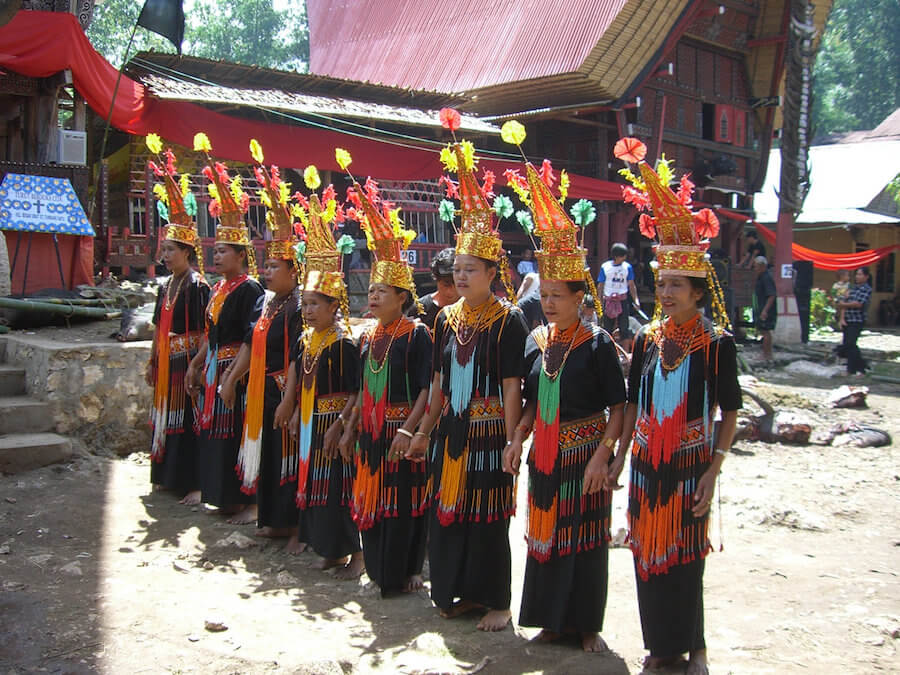
Image credit: Sergey – Flickr: Traditional song and dance, CC BY-SA 2.0, via Wikimedia Commons
In the South Sulawesi province of Indonesia, the vast majority of an indigenous group called Torajans conduct funerals according to ‘Aluk Todolo’ or ‘Way of the Ancestors.’ Rather than saving money to give themselves a good life, the Torajans accumulate wealth for funerals instead, which mark a family’s status more than weddings.
A series of ceremonies take place over many days, with the deceased embalmed and stored in a traditional house under the same roof as his or her family. They are not considered to be dead but merely suffering from an illness until money can be raised for the funeral, which may take years. When the ceremony does happen, family members slaughter buffaloes and pigs, as they believe the spirit of the deceased will live peacefully thereafter.
3. USA – New Orleans

Image credit: By Mr.schultz – Own work, CC BY-SA 3.0, via Wikimedia Commons
According to Danny Barker, author of the book Bourbon Street Black, the practice of having music during funeral processions was added to the basic African pattern of celebration for most aspects of life, including death. When slaves were brought to America, this tradition continued in New Orleans.
Jazz became the music of choice thanks to the increasingly popularity of brass bands in the early 18th century. “On the way to the cemetery it was customary to play very slowly and mournfully a dirge,” noted Eileen Southern in The Music of Black American. “But on the return from the cemetery, the band would strike up a rousing, ‘When the Saints Go Marching In,’ or a ragtime song such as ‘Didn’t He Ramble.’”
4. Sweden
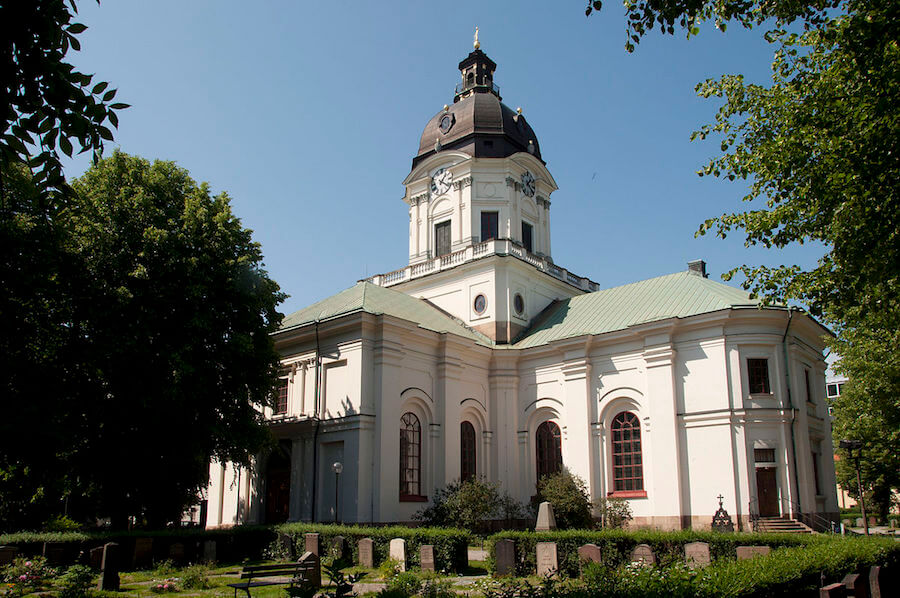
Image credit: By I99pema – Own work, CC BY-SA 3.0, via Wikimedia Commons
In spite of its strong secular identity, Sweden has a law that “requires everyone to be buried.” In fact, Parish churches must provide burial grounds for non-Christians. For example, Muslims are buried “in special areas within the cemeteries of the Swedish Church,” according to Bob Brooke on All Scandinavia.
“The Swedish Church has agreed to give everyone the type of funeral and special burial ground they require,” he reveals. “This is especially carried out in Stockholm according to the law where every religious group that has asked for a special burial compound within a Swedish Church cemetery has received it.”
5. South Africa – The Zulu
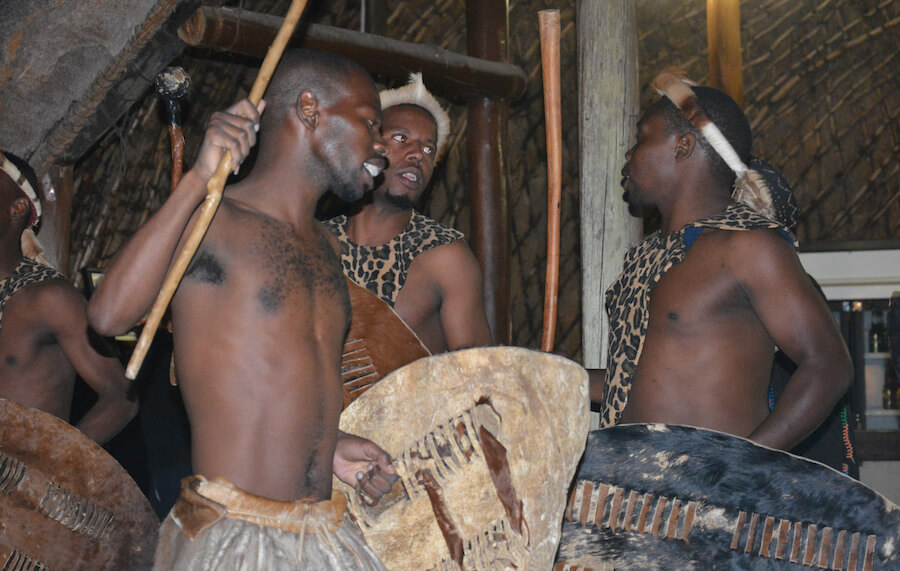
Image credit: triciahealey via Flickr. Licensed under Creative Commons 2.0
Seeing as Zulu people believe the deceased are closer to God, they are treated with the utmost respect and must be obeyed for things to go well in life. If you dream of a deceased family member, certain rituals are required depending on what you saw and heard.
These rituals take place at gravesites, with family members speaking to the deceased before hand. Incense is burned to communicate with the dead or chase away evil spirits and is typically accompanied with a Zulu beer. An animal is slaughtered at different occasions and for different reasons too.
6. Iran
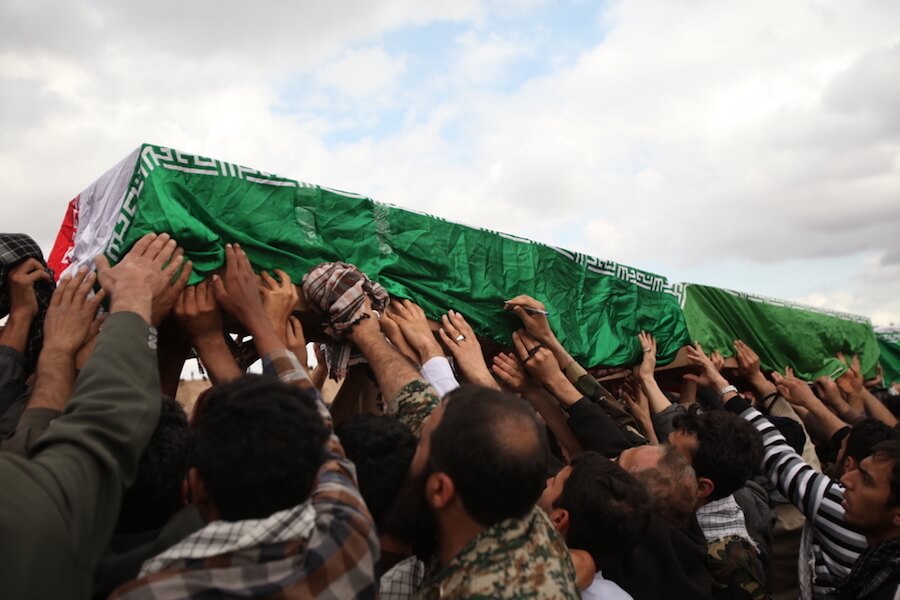
Image credit: Shutterstock
Since the third millennium BC, traditional Zoroastrians in Iran have followed very similar funeral rituals. Unless the death occurs late in the day or at night, the funeral will take place a few hours afterwards. All guests wear white, while the shrouded corpse is never touched. Specific hymns are recited and Avestan prayers are said, which is assumed to ward off evil spirits.
The procession stays silent to avoided breaking the power of these prayers. Candle or oil lamps are lit for three days next to the dead body and special food is prepared, but no meat. On the third day, more rituals are performed and a special cloth is blessed to provide a spirit garment for the departed soul.
7. Cambodia – Buddhists
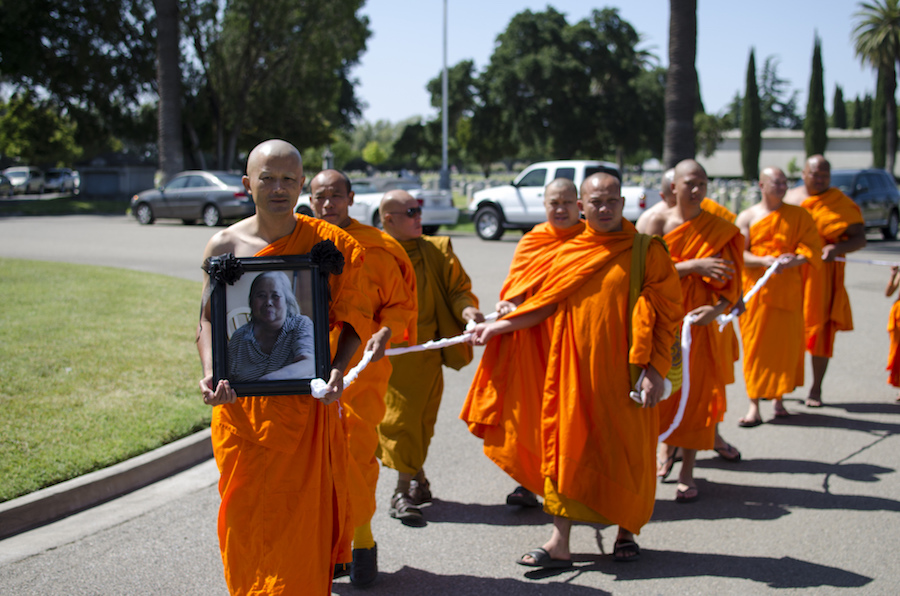
Image credit: Billy Savanh via Flickr. Licensed under Creative Commons 2.0
Buddhists in Cambodia do not view death as the end of one’s life but rather the end of a life cycle. There is a belief that all life evolves in a successive cycle of birth, sickness, old age, death, and reincarnation, but rituals must be performed correctly in order to move onto the next stage.
“A funeral procession consisting of an achar (priest), Buddhist monks, members of the family, and other mourners accompany the coffin to the temple,” says Keo Mony. “The spouse and the children mourn their loved ones by shaving their heads and by wearing white clothing. After cremation, the Buddhist ritual requires a funeral/remembrance ceremony to be held on the seventh or one-hundredth days after death. It can be held at the temple or the home, but usually is held at the temple.”
8. South Korea
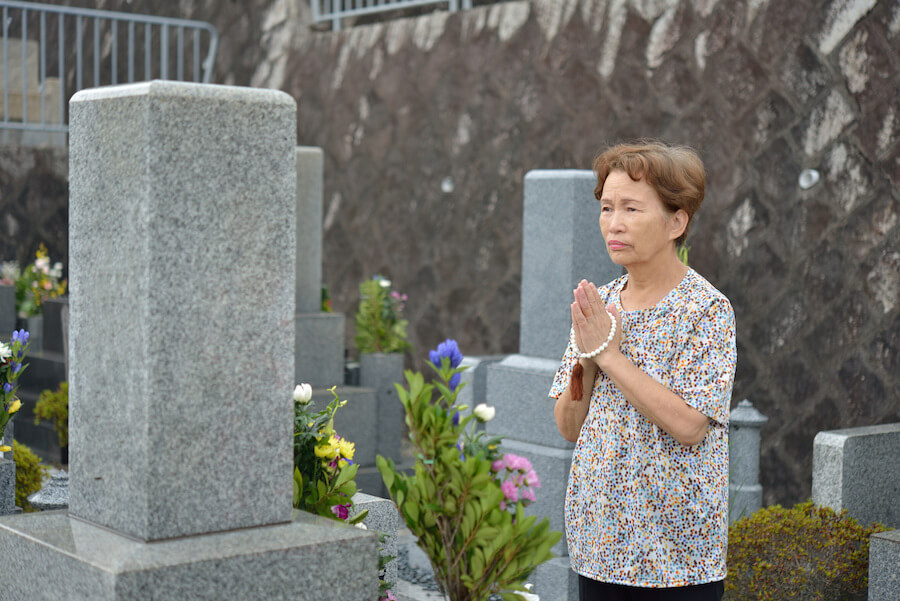
Image credit: Shutterstock
Traditional funerals in Korea last three days, with the deceased buried on the third day. Wreaths show the social status of the family, with companies also sending flowers to former employees. Some customs are similar to Western culture, such as signing a guest book, giving money, and lighting candles. However, there is a new trend of turning the deceased into beads.
The unique process requires government approval, but according to Bae Jae-yul, founder and CEO of ‘death bead’ firm Bonhyang, it is simply the next step from a cremation. “They’re very beautiful to look at,” he says. “You don’t feel that these beads are creepy or scary. In fact, there’s a holiness and warmth to them.”
9. Ghana
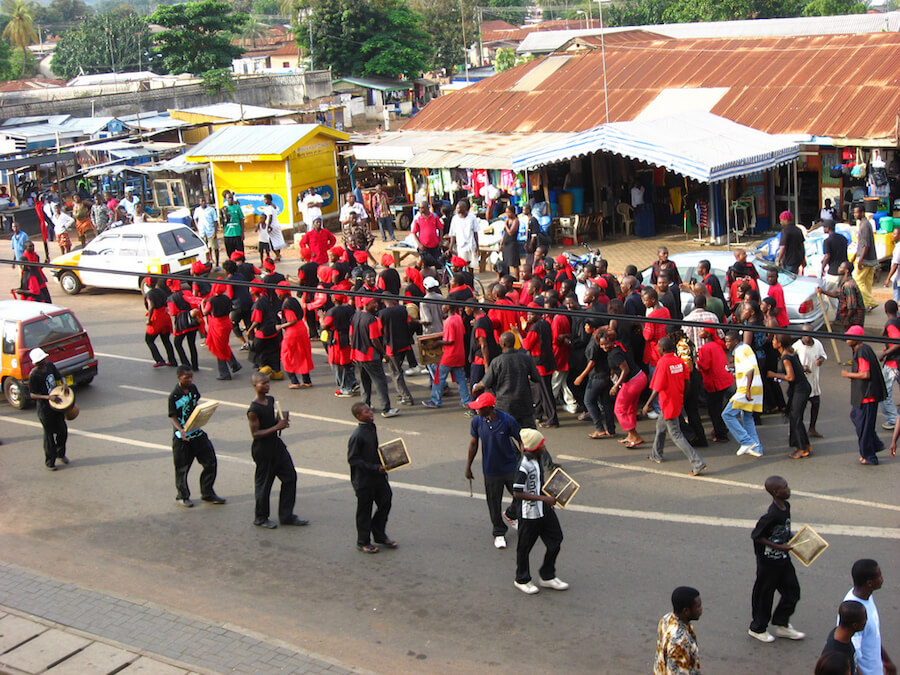
Image credit: ruminatrix via Flickr. Licensed under Creative Commons 2.0
“Funerals in Ghana are not only an occasion to mourn. They are also an opportunity to celebrate the life of the dearly departed,” says Paula Newton, reporting for CNN. “Hardly ever a sombre, low-key affair, Ghanaian funerals are a social event attended by a large number of mourners, which could reach hundreds — the more, the better.”
It is not unusual for Ghanaians to spend as much money on funerals as weddings, with the average cost ranging anywhere between $15,000-$20,000. This includes giant colourful billboards that announce funeral arrangements and elaborate coffins, which have become a statement in Ghana. They often resemble the dead’s favourite objects or represent their profession, with examples including airplanes, shoes, hammers, and even a Coca-Cola bottle.
10. Mumbai, India
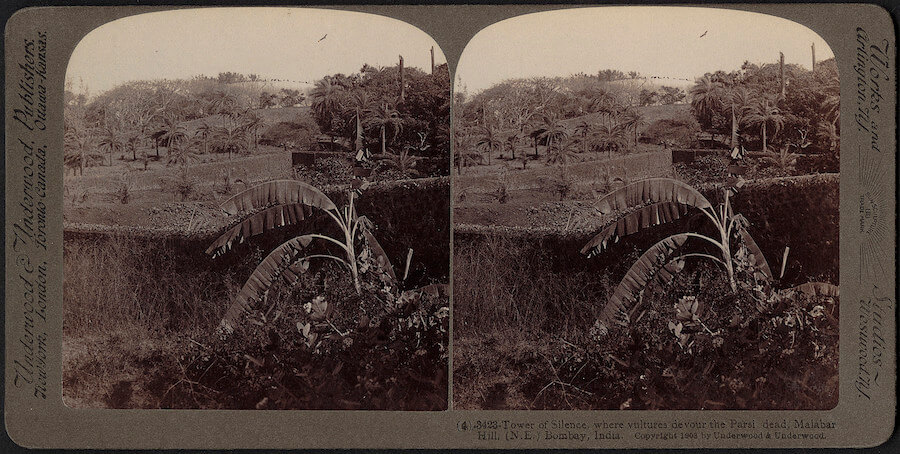
Image credit: Boston Public Library via Flickr. Licensed under Creative Commons 2.0
Similar to Iran, there is a community in India that continues with a Zoroastrian tradition, only this time it involves disposing the deceased by exposing it to scavenger birds. A corpse is considered impure because it can be quickly colonised by evil spirits. This also means that cremation and burial on land or sea are unacceptable.
“Keeping aside the macabre imagery, this system of exposure known as dokhmenashini is swift and ecologically sound,” notes Bachi Karkaria in the Guardian. “It’s also softened by mythology: the soul’s cosmic transition is aided by the vulture’s mystic eye, and the feeding of one’s dead body to the birds is considered the devout Zoroastrian’s final act of charity.”
